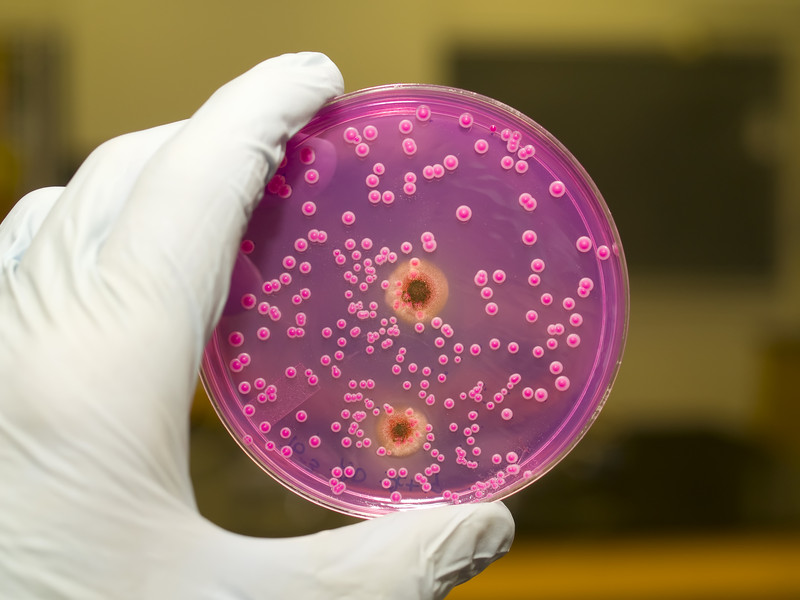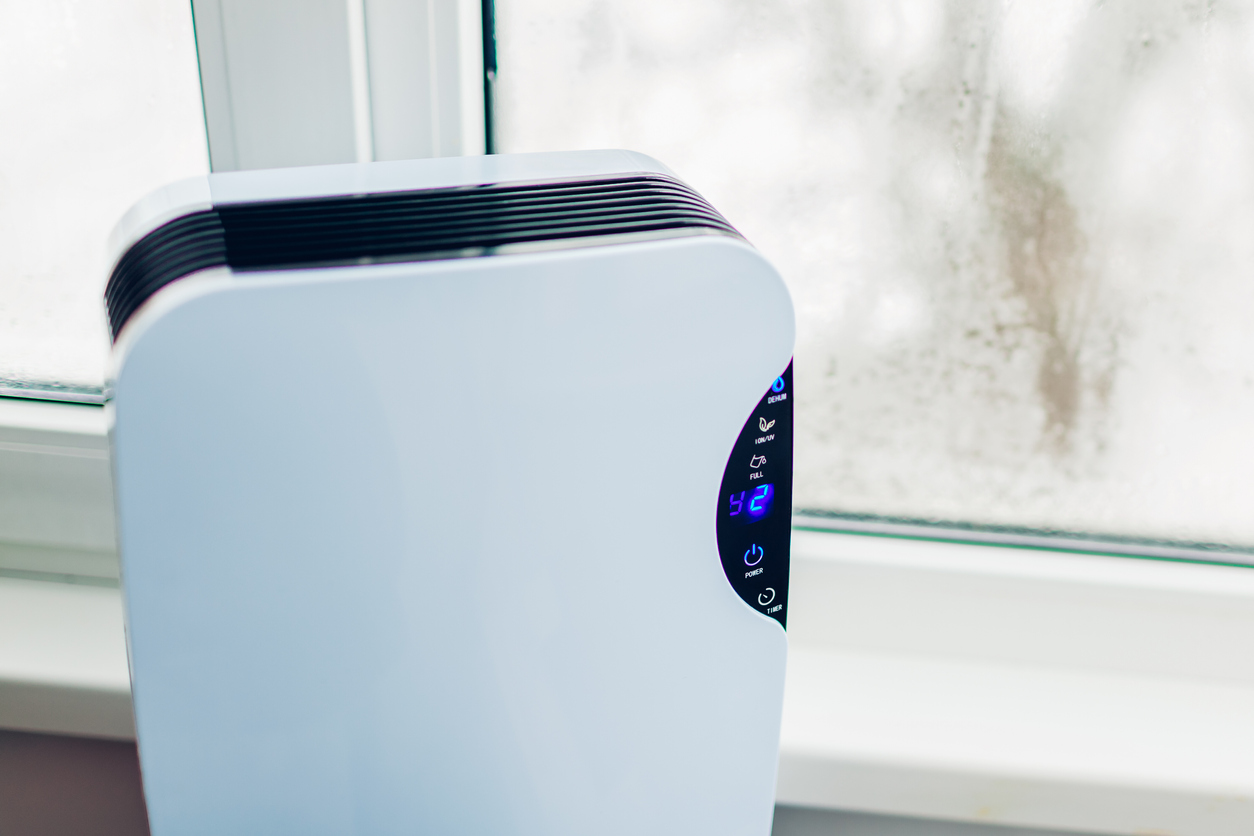Plastics are resilient, but mold on plastic is not too far behind. Mold on plastic only needs a handful of conditions to thrive. And once there, it will start digesting additives on the plastic and then get to consuming plastic resins thus effectively destroying your precious plastic belongings.
Moreover, mold is harmful to human health. It can lead to several allergic reactions and acute diseases. Therefore, people prefer getting mold remediation as soon as they start seeing symptoms of mold growth.
You May Also Read: A Comprehensive Guide on Precision Molded Plastics
In this article, we discuss some instruments that can prevent the growth of mold on plastic by tackling spores, (mold’s seeds) and some procedures that can help you remove mold.

The key to fighting mold on plastic is prevention. It is best if you take steps to never let it conquer your plastic in the first place. However, if the growth of mold on plastic does occur, there are ways to remove them.
But it can always come back if you do not take steps to nip the issue in the bud and get rid of the root causes of mold. Below we discuss some effective equipment that commercial mold remediation services use for the removal of mold and for ensuring that it doesn’t grow back.
You can prevent the growth of mold on plastics by ensuring that the plastics are kept in well-ventilated rooms that are not humid and ensure that the temperatures do not become habitable for its growth.
moreover, getting rid of spores is imperative because unless you don't get rid of spores, they will settle back on the surface and trigger mold growth.
Mold, once grows, does not only stick to the surface it occupies. It reproduces by generating microparticles called spores. These spores are air-borne and can travel wherever the wind blows and the air goes.
So, even if you remove the mold from the surface but don’t take care of the air-borne spores, they will settle back on plastics and trigger mold on plastic growth all over again. Therefore, to effectively take care of the mold problem, you must get rid of the spores as well.
But, how can one get rid of the spores if they are so tiny, almost invisible? Well, there are somethings that you don’t necessarily have to see to get rid of them.
An air particle counter is specifically designed to enumerate the number of contaminating particles in the air. In this way, you can use an air particle counter to estimate the concentration of contaminants in the air in the moldy area and prepare to attack not only mold but spores as well to make sure that it doesn’t grow back.
A negative air machine is more of an anti-spore device rather than an anti-mold device. But, anti-spore translates into anti-mold, so it is just as effective.
As we said earlier, prevention is the key when fighting mold, and a negative air machine prevents the mold on plastic from growing back by filtering spores from the ambient air.
Negative air machine utilizes High-efficiency particulate air (HEPA) filters. HEPA filters are known to remove more than 99% of 0.3 micrometer-sized particles. A spore particle size ranges from 4-20 micrometer, thus a negative air machine with HEPA filters can very easily remove spores.
And once spores are removed, all your mold on plastic removal efforts turn fruitful because once removed and kept in a spore-free environment, mold will not grow back on plastic again.
We all have dehumidifiers, but we largely use them for air chilling. However, air dehumidifiers are also very effective in preventing the growth of mold on plastic. Because mold needs a warm and moist environment to grow. And air dehumidifiers work to remove moisture from the air by cooling it down.
Therefore, dehumidifiers by barring the environment from becoming habitable for the growth of mold on plastic, prove to be extremely effective in the prevention of mold buildup and ensure optimum human health.

Up till this point, we have been stressing mold prevention and discussing instruments to prevent mold on plastic growth or regrowth because prevention of mold is inherently removal of mold. However, in some cases, you simply cannot stop mold from growing on your plastic tools or furniture.
So, considering that mold has taken over your plastic commodities, we present you with some effective solutions for removing mold after it has grown.
The Ozone generators are one of the instruments you can use to get rid of mold on plastic. Ozone is a gas that contains 3 oxygen molecules. It has one oxygen molecule loosely bonded with the naturally occurring diatomic oxygen. When generators use ozone for mold removal, this loosely bonded molecule oxidizes the mold and decomposes it.
However, ozone is not only effective for removing mold, it can kill you as well. Thus, ozone is only used in sealed places to prevent human casualties and fatalities.
Hydroxyl is an unstable compound that also works by oxidizing and stabilizing mold thus causing it to decompose and die. Furthermore, it is not lethal for humans like ozone is. So you can use a hydroxyl generator for removing mold on plastic without having to seal your home or office.
However, you must ensure that your hydroxyl generator is only producing hydroxyl as some generators while producing hydroxyl also generate ozone in minute quantities. And ozone, even in minute quantities is harmful.
Hydrogen peroxide is an effective chemical for removing mold on plastic. It does not only remove mold but also disinfects plastics and kills any viruses and bacteria that may be present on them.
All you have to do to kill mold on plastic is to use a 3% hydrogen peroxide solution. Pour the chemical disinfectant into a spray bottle and saturate the moldy area with it. Leave the plastic piece saturated with it for ten to fifteen minutes and scrub the plastic clean after it.
Make sure you don’t use a solution that’s more than 10% concentrated. Also, keep in mind that H2O2 may have a bleaching effect so you may want to keep it away from your plastics if you like their color.
You May Also Read: How to Make Plastic Molds Process Efficient using ERP System?
Mold is a type of fungus. Warm temperature and humid environment make for the best habitat for mold on plastic to grow. You must prevent mold on plastics to grow or remove them as soon as you can because they may have adverse health effects.
No matter how many times you remove mold on plastic, if you do not get rid of spores, mold will always come back. So the most efficient mold on plastic removal procedure is to take care of spores. Several devices determine the number of airborne spores and filter them out of air.
To remove mold on plastics you have several options. You can either use industrial-scale ozone or hydroxyl generators or you can just turn to your kitchen cabinet and remove the mold on plastics using chemicals like hydrogen peroxide, vinegar, or even baking soda solution.
For More Information, Please Contact Us Today!
